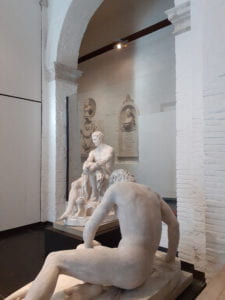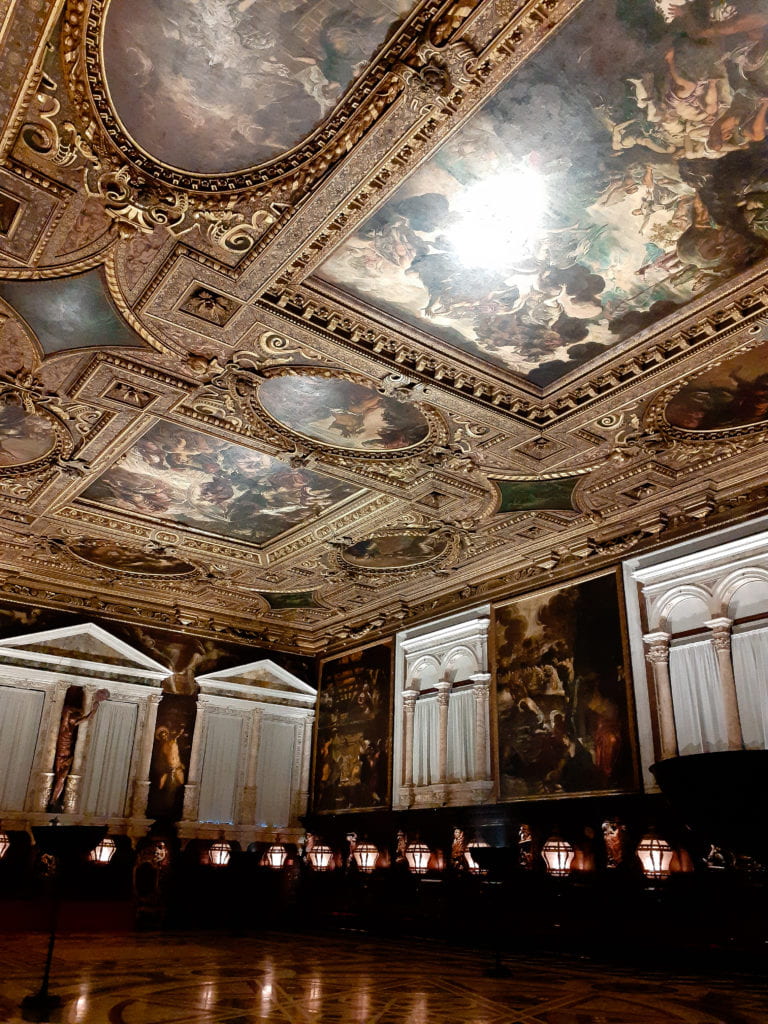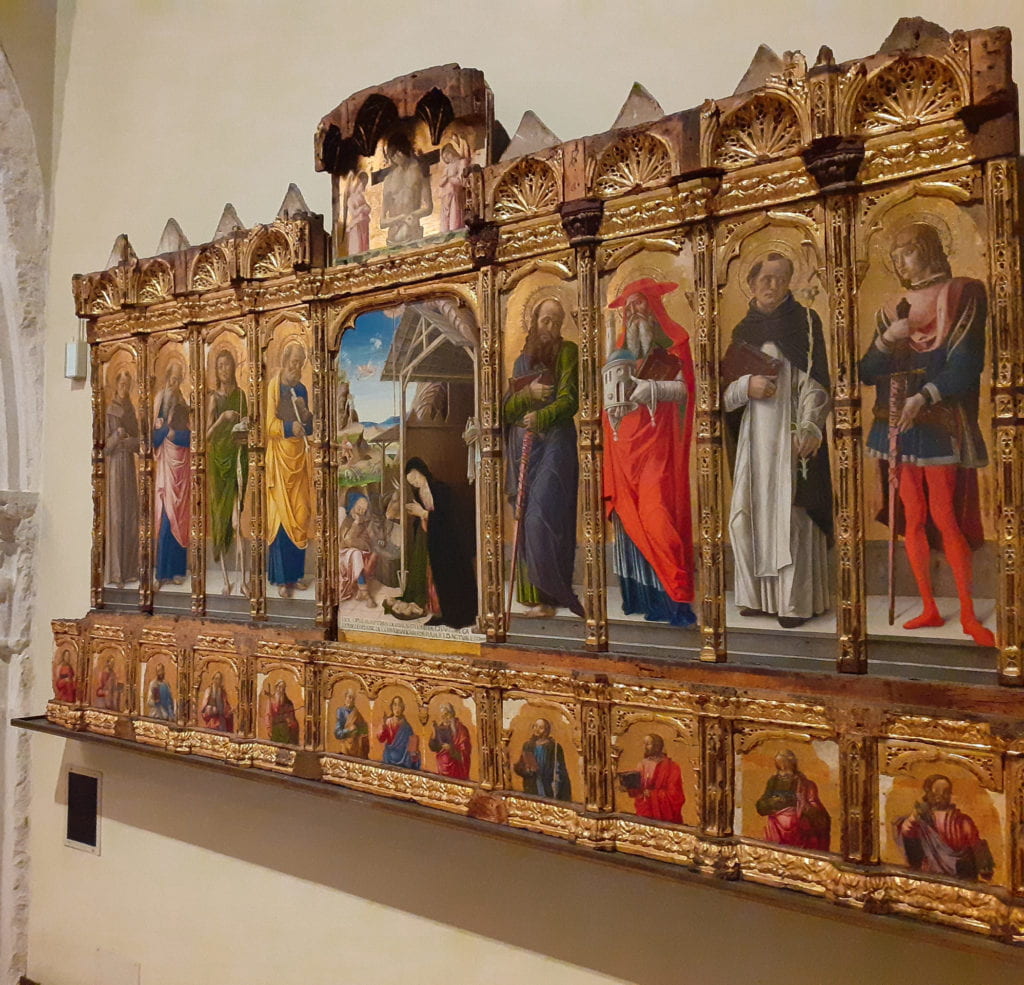Wednesday, February 5, 2020 | Written by Blanca
Going to art museums is by far one of my favorite things to do, ever—I consider it in an exalted vanguard that is otherwise occupied only by eating, sleeping, and walking up and down the same streets five times in a row to observe the architecture and experience the genuine atmosphere of the whichever city I happen to be visiting at the time.
It might be due to the fact that I had to self-study virtually the entire curriculum of AP European History for the AP exam during my junior year of high school, but I hold a special place in my heart for European art, particularly for the softness of plein air Impressionism and Rococo and the awe-inspiring glory of Italian Renaissance paintings. Oh, how I miss the days of patronization when oligarchs would commission pieces even more expansive and impressive than the very obscene amounts of money with which they were doing so. Visiting art collections, however, assuages this longing a bit, but for some reason, it wasn’t until this past weekend that I realized that being in Europe presents the most prime location and opportunity to see European art.

As a frequenter of art museums back in the states, I’m no stranger to seeing a diverse range of art forms and styles, and European art is no exception. But while triptychs at the Met, a Gutenberg bible at the Morgan Library & Museum, and Monet’s Houses of Parliament in the Fog at Atlanta’s very own High Museum of Art—at which I’ve stared for so long on many an occasion that I can actually see the silhouettes of houses of parliament despite the fog—are all adeptly crafted, they pale in comparison to the treasures that are on display in the very places in which they were made.
Take the art I saw in Venice, for instance. In retrospect, this shouldn’t have been a surprise. Venice was a driving force in the Italian Renaissance, and the Venetian School of painting trained the likes of Titian and Tintoretto. In fact, paintings by both were on display in the Scuola Grande di San Rocco in Venice, which I visited on my last night there. The Scoula was established as a confraternity in the late 13th century, and craning my neck to view the expanse of Tintoretto’s finest works on the ceiling of the Salone Maggiore, I could almost hear music, religion, and discussion that had filled the halls centuries before.

I also visited the Gallerie dell’Accademia on my final day in Venice, an art museum housed in the Scuola della Carità and the collections of which boast numerous pre-19th century Venetian masterpieces. There, in Venice, where composite altarpieces were first introduced, the polyptychs were more detailed than any I’d seen, their reds and blues seemingly more vivid than in paintings that are housed elsewhere. I’ve also craned my neck to see my fair share of ornately decorated ceilings in American galleries and private collections alike, but looking up, the gilded Baroque ceilings of the Gallerie dell’Accademia gleamed even more mesmerizingly.

Perhaps it was the generally enchanting environment of Venice that made me feel this way, but experiencing key parts of European culture, in Europe and in the very place from which they originated, was an incredibly riveting experience, one that was so much more immersive than seeing similar pieces in other collections. While still from the same eras and by the same artists, artwork imported and put on display in other countries feels a bit far removed, almost foreign. A Titian in Isabella Stewart Gardner’s private collection in Boston is simply a beautiful painting (and a masterful one, at that), but seeing a Titian in the very city where he trained made me feel as though I could understand the places from which he drew inspiration, making a connection between the art and the cultural influences surrounding it.
While I’m in Europe this semester, I’m planning to continue to take advantage of my location to experience more history and culture in the places from which they originated. Wherever else I might travel in the future, I hope to do the same, and I highly recommend it!

As I exited the Gallerie dell’Accademia that day, I passed by a bust of Napoleon, who conquered Venice in 1797. Had I at any point, while observing the winding canals and elegant palaces, stood in the same place as Napoleon had, surveying his conquest, over 200 years before? Maybe not, but the thought of having the same experience as those in Venice’s history was thrilling enough.
